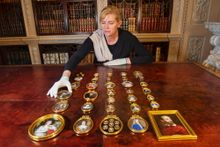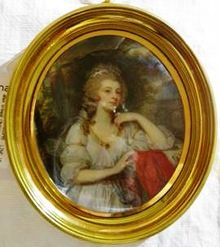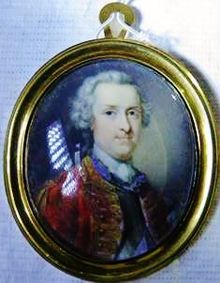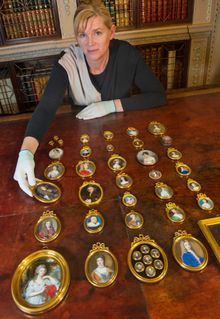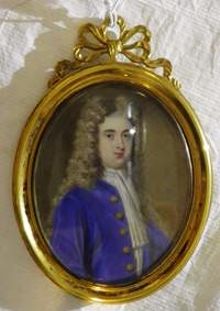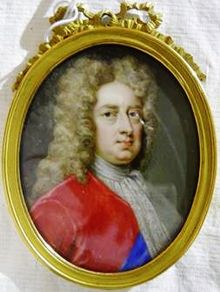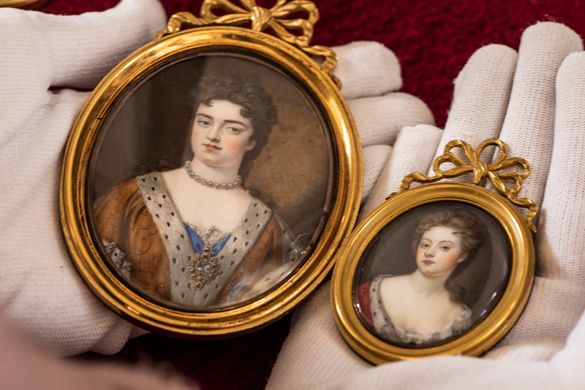 04 Jul 2019
04 Jul 2019
Tags: Art, Antiques, Blenheim Palace, Aristocracy, History, heritage

A stunning collection of 40 miniature portraits spanning more than three centuries of the Marlborough family are set to go on display at Blenheim Palace for the first time.
The miniatures offer a fascinating glimpse into the personal histories of the Dukes of Marlborough dating back to the First Duke and Duchess and the reign of Queen Anne.
The tiny, but exquisitely detailed, portraits include depictions of the 2nd, 3rd and 4th Dukes and Duchesses of Marlborough along with other members of the aristocratic dynasty.
As well as family members the miniatures feature portraits of 'Capability' Brown and, it is believed, his wife, legendary actor David Garrick, Louis XIV – the first Duke's arch-rival, Mary Queen of Scots and Oliver Cromwell.
The miniatures, along with 15 paintings, were recently purchased by Blenheim Palace from the Estate of Viscount Churchill as part of their ongoing goal of re-acquiring lost works of art.
They were painted by some of the most renowned miniaturists of the 18th and 19th centuries.
Several are by the German Christian Friedrich Zincke the most successful enamel painter of his era.
A number are also by Bernard Lens III, miniature painter at the courts of King George I and George II and consultant in fine arts to upper-class families.
One of the portraits is of Lady Francis Spencer and was painted by Anne Mee, a prolific English miniature painter of the late 18th and early 19th centuries, who began to paint when she was 12 and received both royal and aristocratic patronage.
Blenheim's Head of House and Collections, Kate Ballenger, said: “The paintings and miniatures are currently being condition checked and we are formulating a plan as to where they will be hung.
“We are attempting to trace the provenance of the works, but as many are family portraits it is believed they were commissioned for Blenheim,” she added.
The techniques used in miniatures were based on those perfected by monks in illuminated manuscripts. They became especially popular among royalty and the aristocracy in the 1500s and reached their height in the middle of the 18th century.
Miniatures were often given as family gifts when a person was going away, whether a husband or son going to war or emigrating, or a daughter getting married.
They were designed to fit into lockets, inside watch-covers, pieces of jewellery or snuff boxes.
Please contact: Melodie Manners | melodie@flamingo-marketing.co.uk | 01637 873379 or 07815 709248 for more information.


